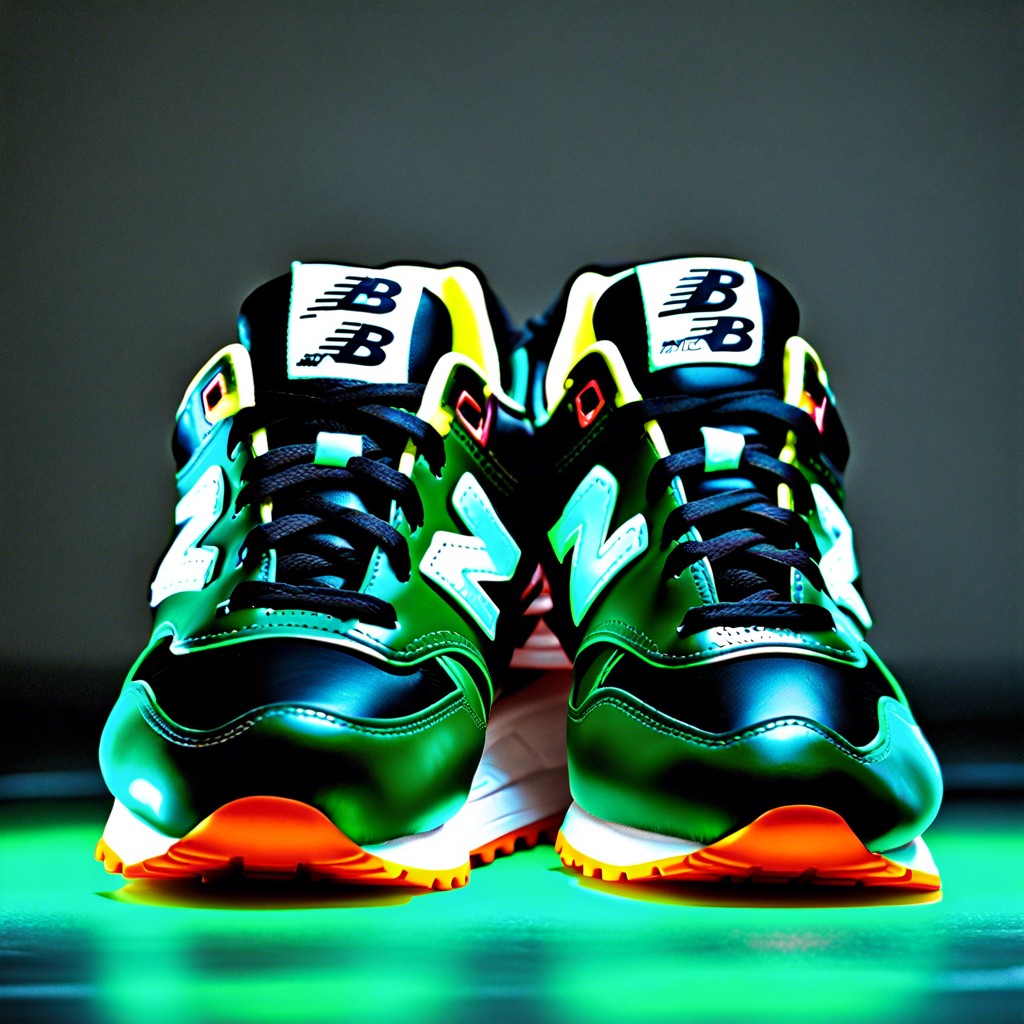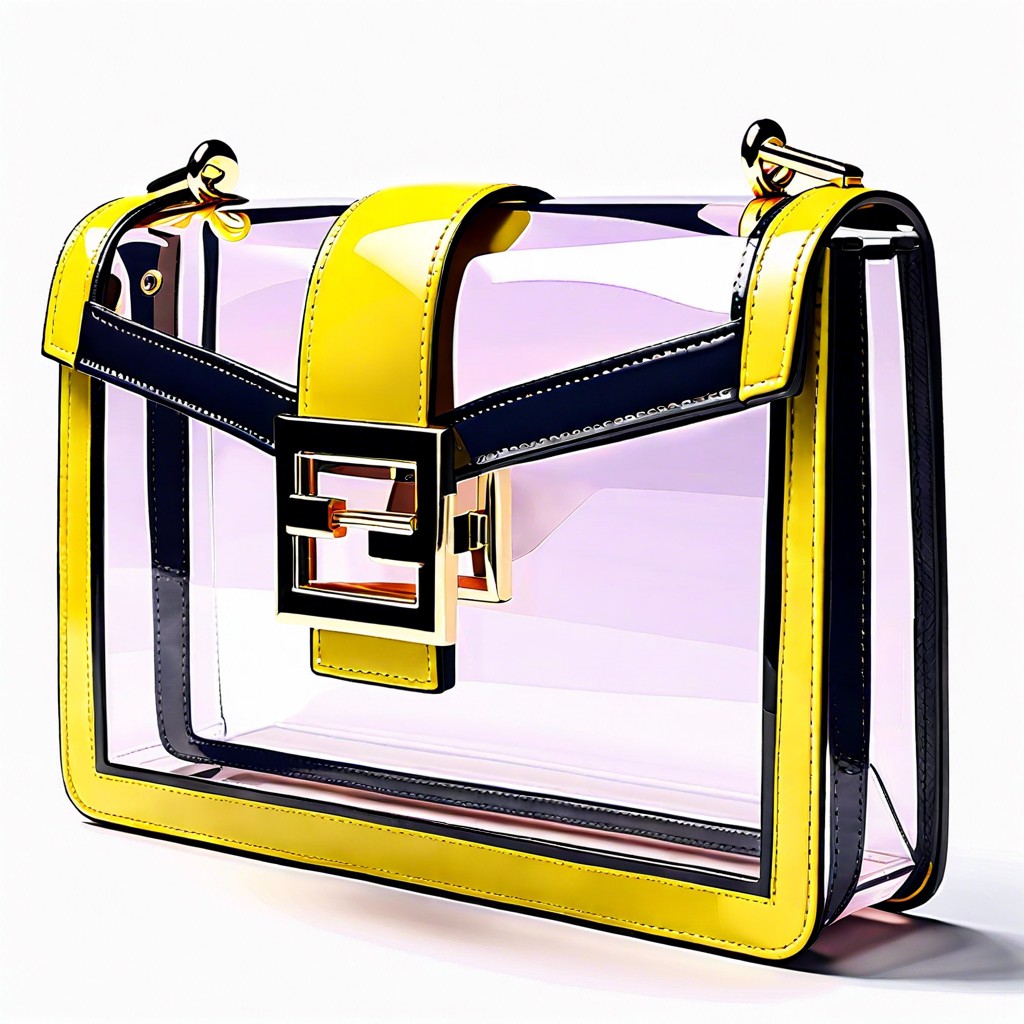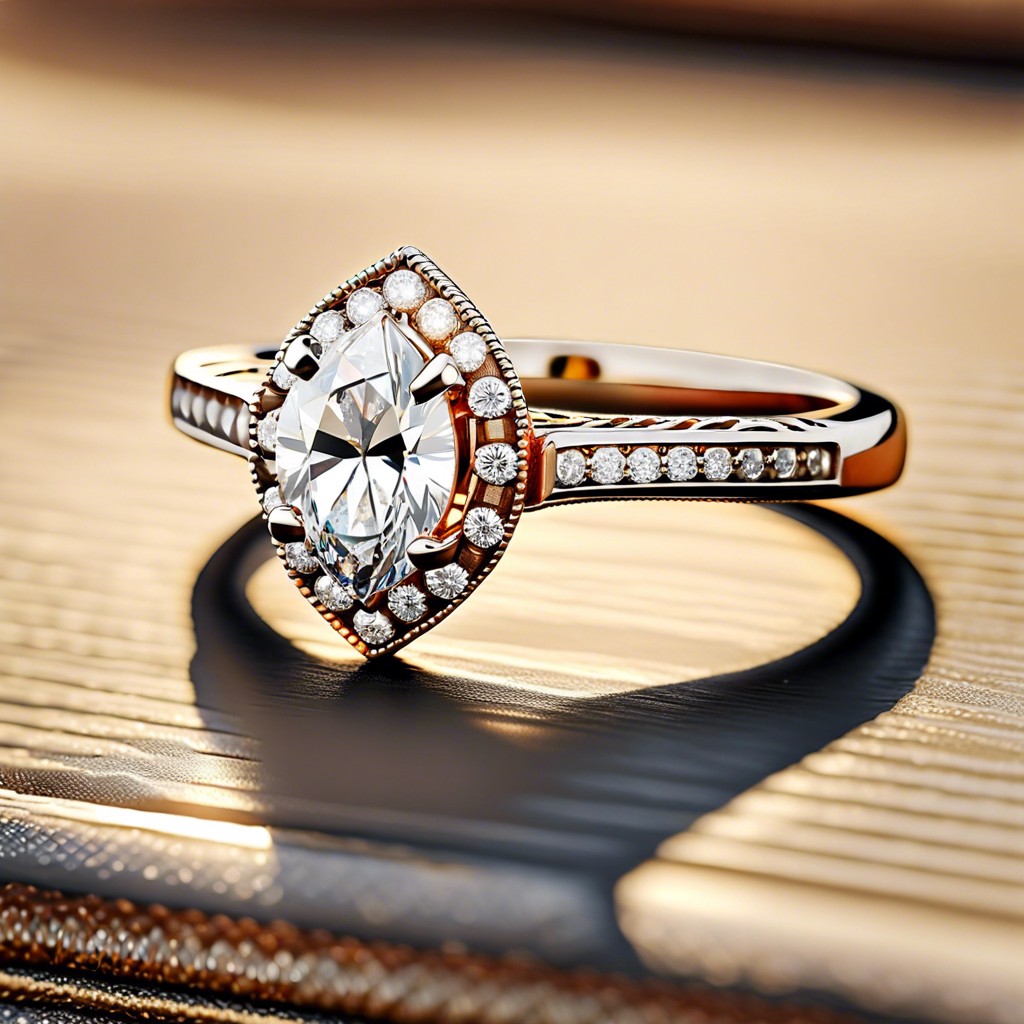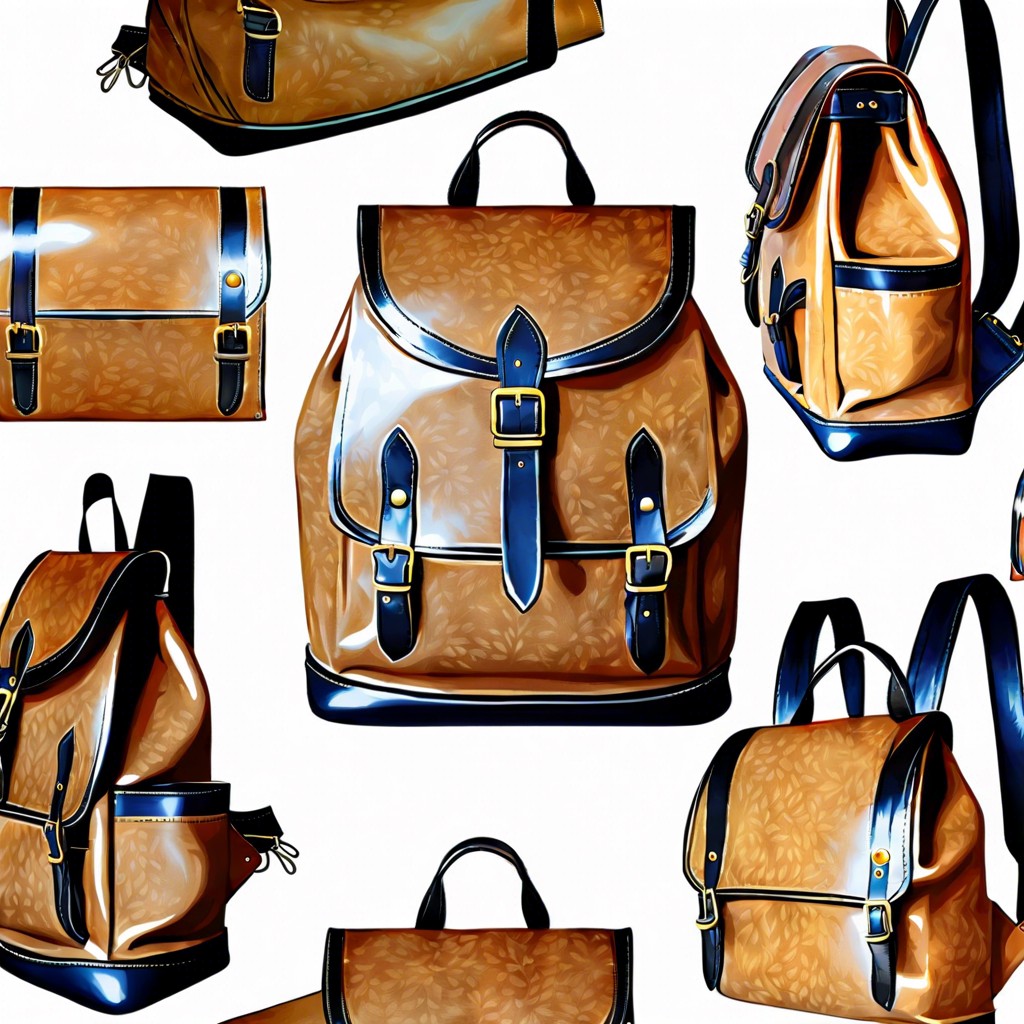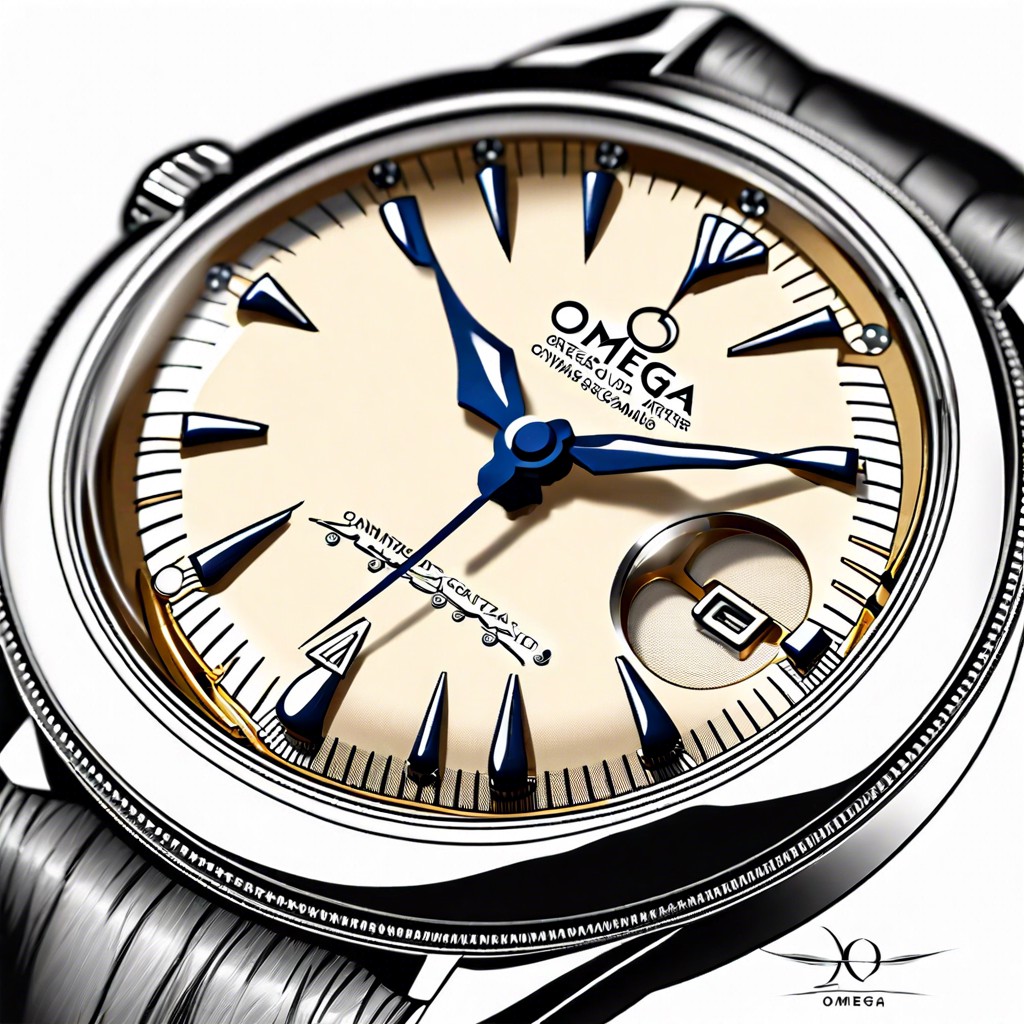Last updated on
This guide will help you choose the best vintage pants, highlighting key features to look for and common pitfalls to avoid.
Key takeaways:
- Vintage pants have a rich history dating back to the 1920s.
- Different eras brought popular styles like bell-bottoms and cargo pants.
- Thrift stores, online platforms, and vintage clothing shops are great places to find vintage pants.
- Authentic vintage pants can be identified by examining the zipper, labels, fabric, pattern, and stitching/seams.
- Pair vintage pants with modern outfits for a stylish and contemporary look.
History of Vintage Pants
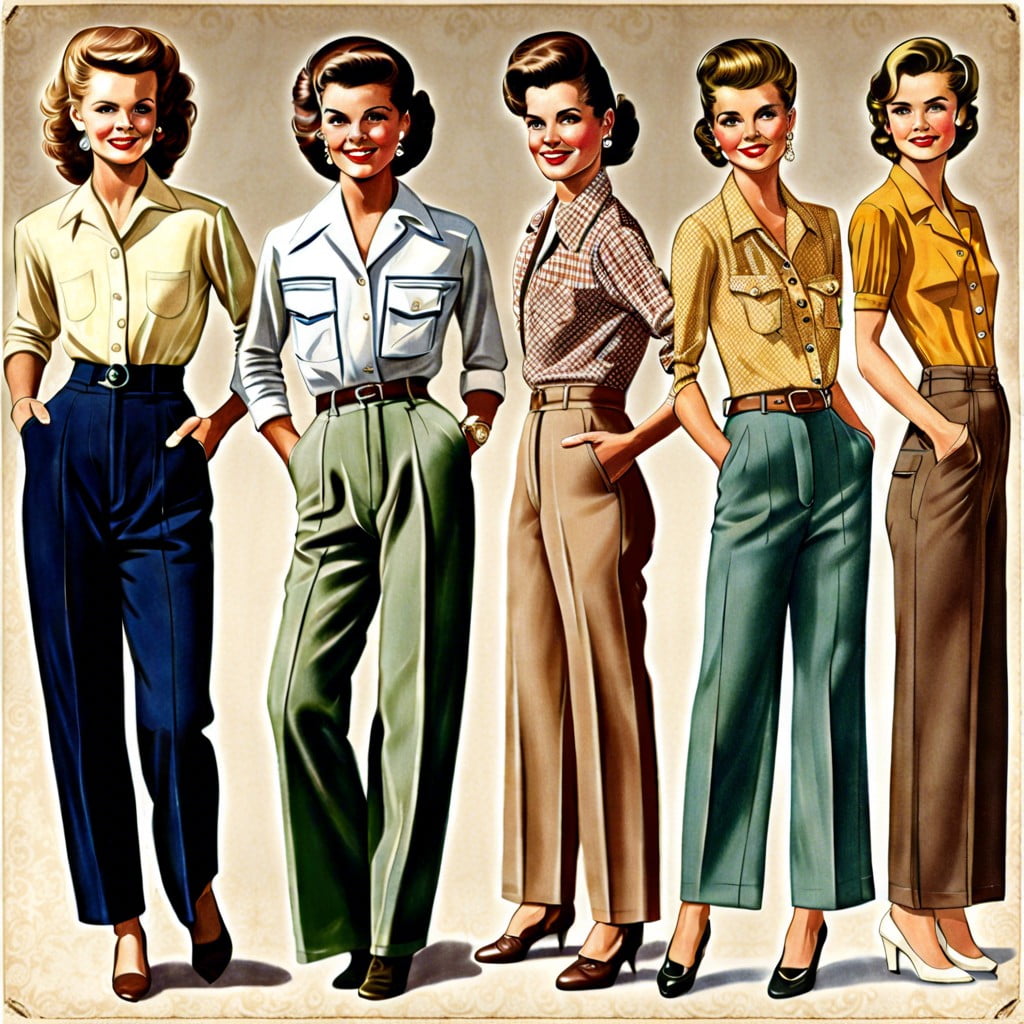
The genesis of vintage pants can be traced back to the 1920s, marking the first major shift from formal to more casual daily wear. Initially reserved for men’s work clothing, the 1940s brought women into the fray as they donned trousers during WWII for practical purposes.
By the swinging 1960s and disco-loving 1970s, pants had secured their place in every fashionista’s wardrobe through the advent of bell-bottoms and high-waisted styles. This era emphasized vibrant patterns and looser fits, a stark contrast to previous decades.
The 1980s and 1990s introduced a blend of utility and flair with cargo pants and grunge-inspired baggy jeans. Each decade added its own flavor but maintained a common thread of evolving toward more inclusive and expressive fashion choices.
Today, each of these styles continues to influence modern designs, echoing a rich history of cultural shifts and style evolutions.
Popular Styles From Different Eras
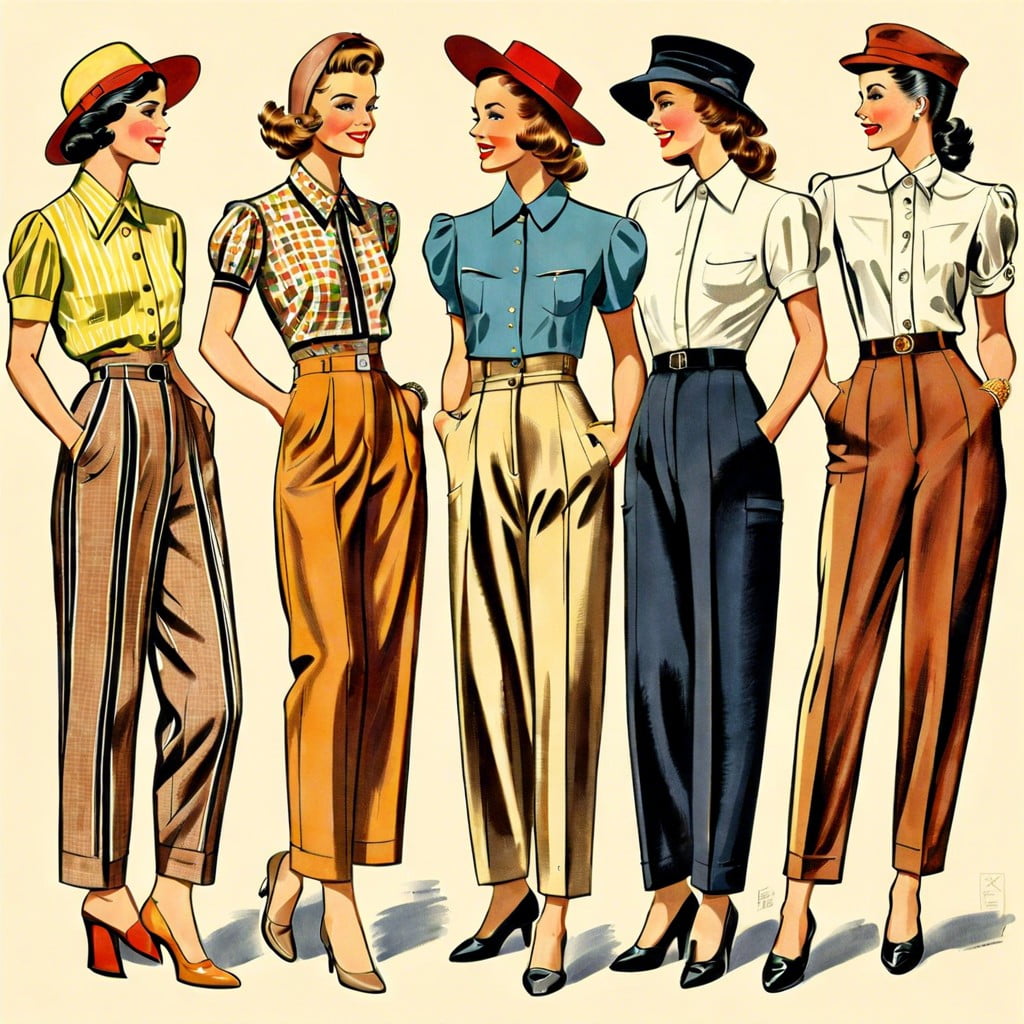
The ’20s saw Oxford bags take the stage, with their wide-leg design that was a hit among university students. Swing forward to the ’50s, and denim jeans began their rule, epitomized by the rebellious James Dean look. The ’70s introduced bell-bottoms, which became synonymous with the disco fever of that wild and groovy decade.
In the ’80s, parachute pants and power suits featuring trousers with bold pinstripes captured the essence of bold sartorial risk-taking. By the ’90s, cargo pants carried the torch, adored for their rugged look and practicality.
Each style marks a distinct cultural footprint, offering clues to the social and fashion trends of its time. Exploring these treasures enables wearers to make a statement about their personal style while paying homage to past fashion innovators.
Where to Purchase Vintage Pants
Thrift stores are treasure troves for vintage pants. Often managed by charities, these places receive donations that include garments from various decades. Take your time to sift through the racks; you might find a rare piece at a bargain.
Online platforms like eBay, Etsy, and Depop specialize in second-hand and vintage clothing. These sites allow you to search by era, style, and size, making your hunt specific and convenient. Always check seller ratings and return policies to buy with confidence.
Vintage clothing shops are curated spaces that often offer a high-quality selection of vintage pants. Employees usually have a wealth of knowledge about the period and style of their inventory, and they can help guide your purchase based on your needs.
Estate sales and auctions are less common but can be gold mines for vintage clothing. These events are where entire wardrobes from past decades come to light, often in well-preserved condition. Keep an eye on local listings and be ready to act quickly, as items can go fast.
Tips for Identifying Authentic Vintage Pants
To spot genuine vintage pants, start by examining the zipper. Metal zippers are often a sign of an older piece, typically pre-1980s, as later garments commonly use plastic. Check labels for clues; older tags often feature country-specific manufacturing details and may display the union label, indicative of mid-20th-century American production.
Fabric and pattern can also guide you. Fabrics like polyester were popular in the 1960s and 1970s, whereas earlier decades favored natural fibers like wool and cotton. Floral and psychedelic prints scream 1960s and 1970s, while plaids might hint at the 1940s.
Finally, inspect the stitching and seams. Hand-sewn items or those with single-stitch seams are often older, reflecting less industrialized manufacturing processes used in mid-century or earlier clothing. These subtle details can help confirm the authenticity of vintage trousers.
Pairing Vintage Pants With Modern Outfits
Blending vintage pants with current trends can update your style while paying homage to the past. Opt for a high-waisted pair from the 1940s and team them with a slim-fit modern turtleneck and sleek ankle boots for a chic, streamlined look. Flared pants from the 1970s can be paired with minimalistic crop tops or fitted tees to balance the silhouette’s drama. For those bold enough, mix patterns by choosing stripes or polka dots from today’s fashion lines to complement the earthy tones of vintage corduroys. Always keep accessories modern; think simple metallics or leather to keep the outfit grounded in the present. These pairings ensure your ensemble is both a nod to history and a stride into contemporary style.
